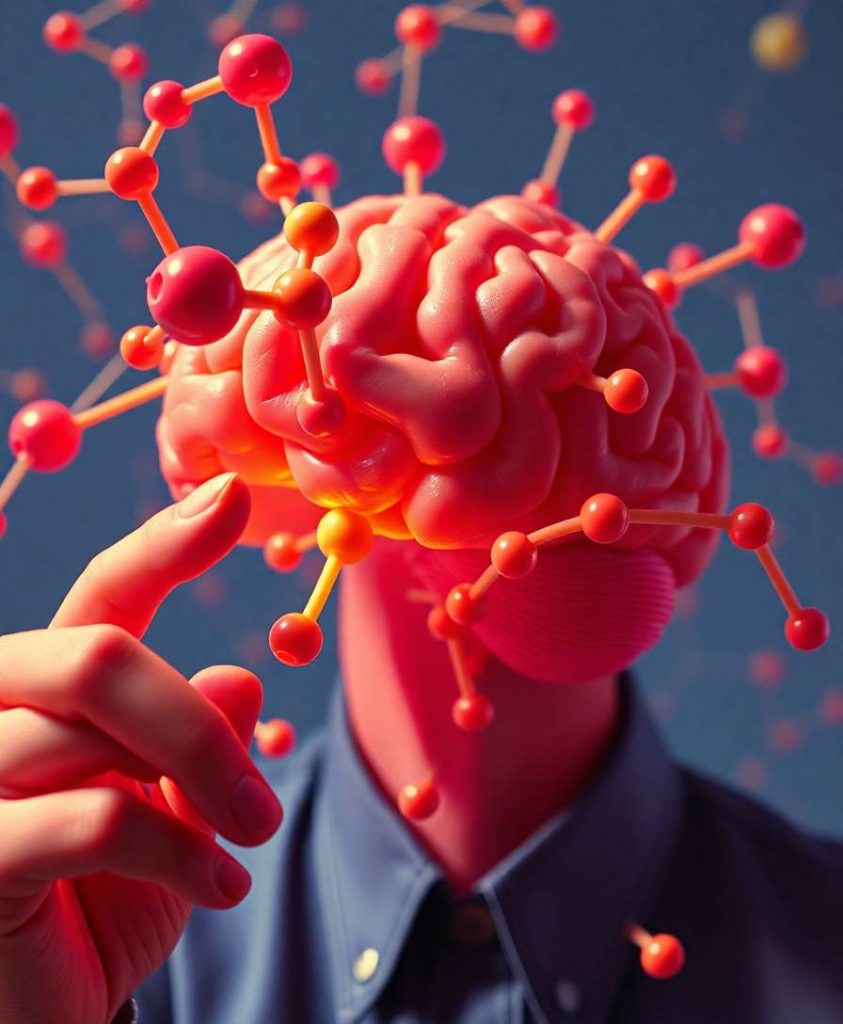BackgroundUnderstanding neural connections facilitates the neuroscience and cognitive behavioral research. There are many nerve fiber intersections in the brain that need to be observed, and the size is between 30 and 50 nanometers. Improving image resolution has become an important issue for mapping the neural connections non-invasively. Generalized q-sampling imaging (GQI) was used to reveal the fiber geometry of straight and crossing. In this work, we attempted to achieve super-resolution with a deep learning method on diffusion weighted imaging (DWI).Materials and methodsA three-dimensional super-resolution convolutional neural network (3D SRCNN) was utilized to achieve super-resolution on DWI. Then, generalized fractional anisotropy (GFA), normalized quantitative anisotropy (NQA), and the isotropic value of the orientation distribution function (ISO) mapping were reconstructed using GQI with super-resolution DWI. We also reconstructed the orientation distribution function (ODF) of brain fibers using GQI.ResultsWith the proposed super-resolution method, the reconstructed DWI was closer to the target image than the interpolation method. The peak signal-to-noise ratio (PSNR) and structural similarity index measure (SSIM) were also significantly improved. The diffusion index mapping reconstructed by GQI also had higher performance. The ventricles and white matter regions were much clearer.ConclusionThis super-resolution method can assist in postprocessing low-resolution images. With SRCNN, high-resolution images can be effectively and accurately generated. The method can clearly reconstruct the intersection structure in the brain connectome and has the potential to accurately describe the fiber geometry on a subvoxel scale.

